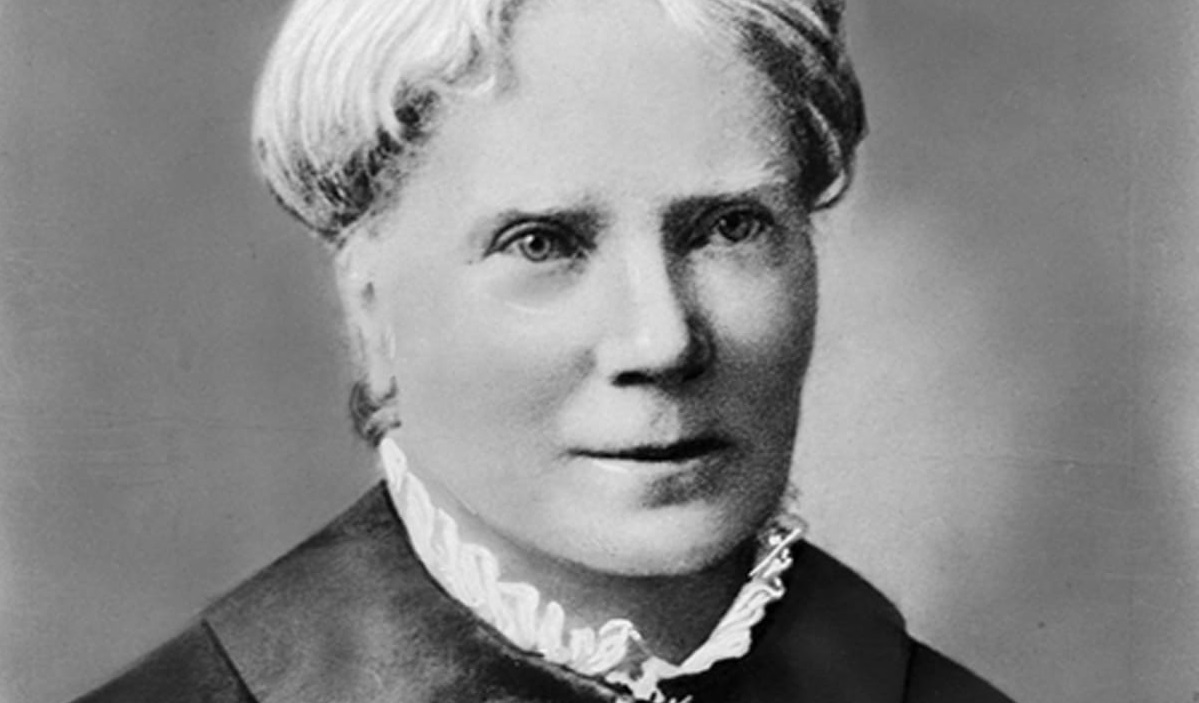This International Day of Women and Girls in Science let’s both celebrate women’s scientific achievements and actively enable the next generation to take up positions of leadership and influence. Commentary by the WFSA Diversity, Equity and Inclusion Committee.
For us physicians, one of the great pioneers was Elizabeth Blackwell, who in 1849 at the age of 28 overcame misogyny and prejudice to become the first woman to obtain a medical degree in the US.
This remarkable woman went on to champion female representation within the medical profession. Founding a woman and child infirmary along with a medical college which provided opportunities for the female physicians who were able to follow in her wake.
Elizabeth Blackwell continued to show leadership in Medicine by funding health societies, participating in academia as a professor of Gynaecology and writing books, including ‘Pioneer Work in Opening the Medical Profession to Women’ (1895).
Feminization of Medicine
Thankfully, medicine has moved on from when Elizabeth Blackwell first picked up a stethoscope. Today, 50% of medical school admissions are women. Women make up nearly 70% of the global health and care workforce. And yet, gender disparities and inequalities are still an everyday experience for women working in hospitals and health centres around the world.
These disparities are well evidenced in the excellent WHO report ‘Delivered by women: Led by men’ . Published in 2019, the report analyses and brings together findings from over 170 gender health workforce studies. The report finds that global health continues to lag-behind other sectors in a number of key areas:
Systemic approach – Workplace gender biases, discrimination and inequities are systemic, and gender disparities are widening. Health systems designed for male life patterns and gender roles. Many countries lack gender equality and equity laws.
Pay-gap – Women in global health are underpaid and often unpaid. The WEF Global gender gap report in 2018 demonstrated that health had one of the highest unadjusted gender pay gaps at 26% in high-income countries and 29% in upper middle-income countries.
Occupational segregation – Occupational segregation by gender drives the gender pay gap and leads to loss of talent. Although women hold around 70% of the jobs in the health workforce they remain largely segregated vertically, with men holding the majority of higher-status roles. Additionally social gender norms apply lower social value to the majority of female professions, which, devalues status and pay of those professions (horizontal segregation).
Leadership – Women deliver global health and men lead it. 69% of global health organizations are headed by men, and 80% of board chairs are men. Only 20% of global health organizations were found to have gender parity on their boards, and only 25% had gender parity at senior management level.
Why leadership gender parity matters
This leadership disparity happens despite the evidence that companies with more women on their boards of directors demonstrate greater innovation and have higher financial returns.
Gender-diverse groups collaborate more effectively and exhibit higher collective intelligence, different interpersonal work styles promoting greater social sensitivity, conversational turn-taking, more interaction, and cooperative work.
Despite these benefits, in medicine in general, and also in anaesthesiology, women remain underrepresented as research grants winners, in authorship, congress faculty, on editorial boards, Journal reviewers, Citations, Guidelines panels, Board members, Presidential roles, and Awards.
Current literature has identified several reasons for the observed gender inequality in managerial positions of anaesthesiologists, and some of them are the lack of support for women in the work environment, personal choices, household responsibilities, care of children, as well as active discrimination against women.
There are conflicting studies about female sentiments around professional advancement and leadership.
Across nine studies using diverse sample populations and over 4,000 participants, it was found that, compared to men, women have a higher number of life goals, place less importance on power-related goals, associate more negative outcomes with high-power positions, perceive power as less desirable, and are less likely to take advantage of opportunities for professional advancement.
In contrast, European studies show that women anaesthesiologists are as equally driven as men to progress in research, and slightly more so at clinical work, but they are less focused on achieving leadership positions, due to a lack of leadership education, a lack of research background, lower self-confidence, and a lack of female role models, which may help explain the lower level of leadership aspirations.
That is why it is crucial that women receive both the encouragement to take the lead from their peers and the means to do so. We must also ensure that women’s role in health care is made more visible and is celebrated along with all of the other achievements made by women worldwide.






